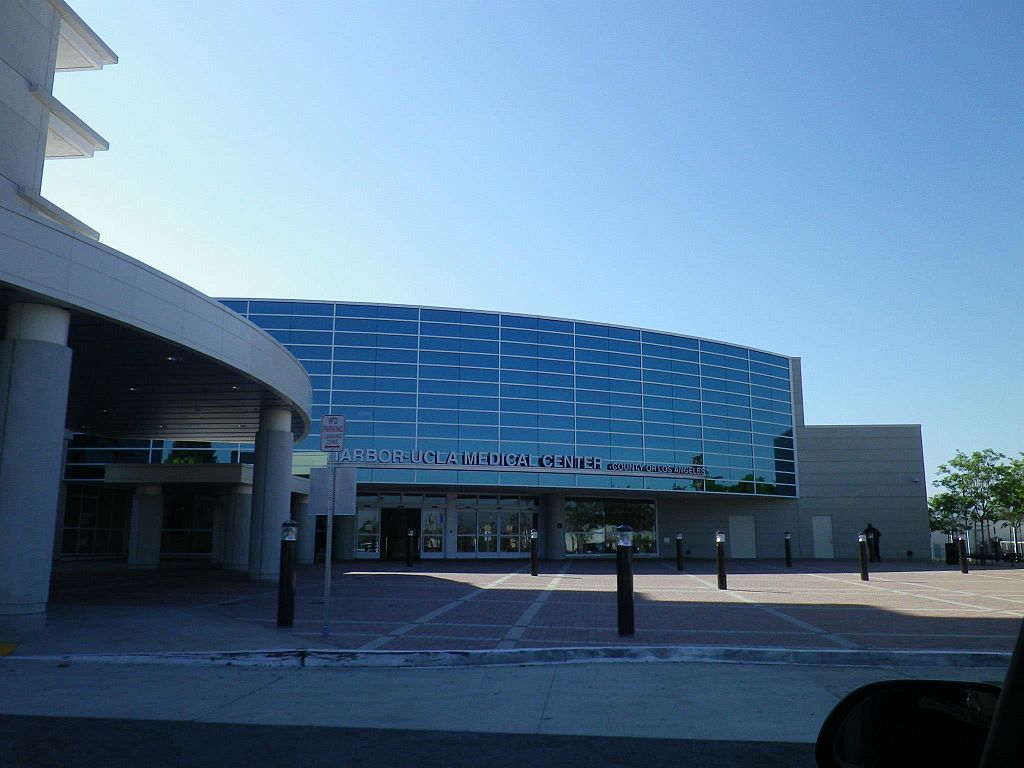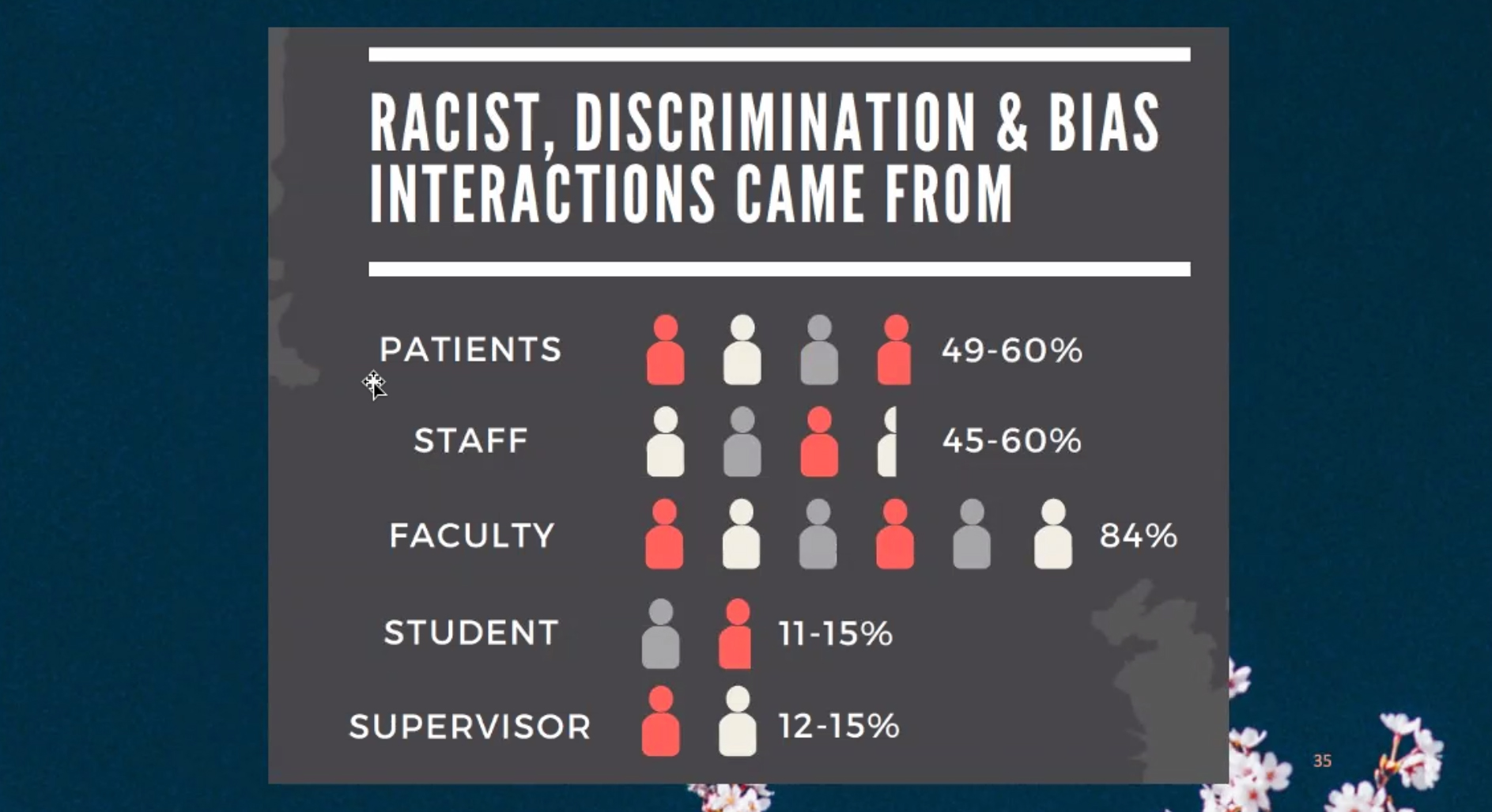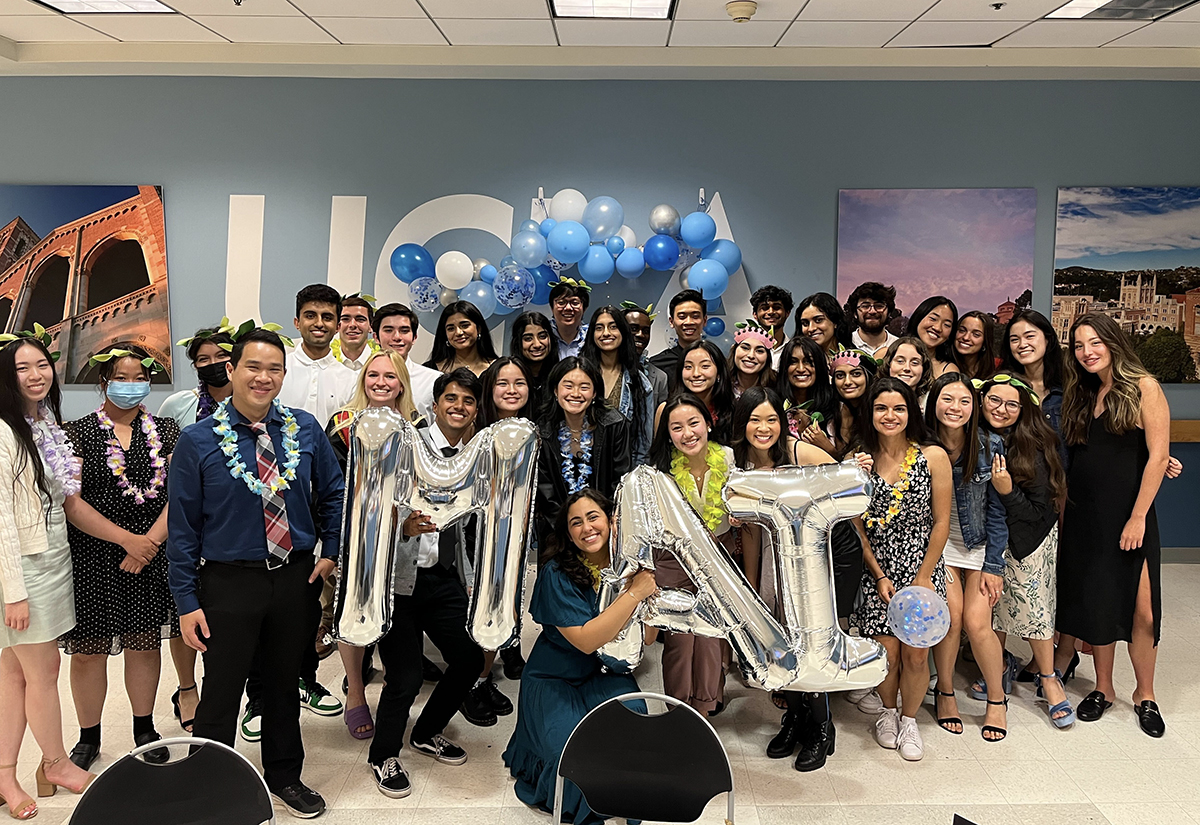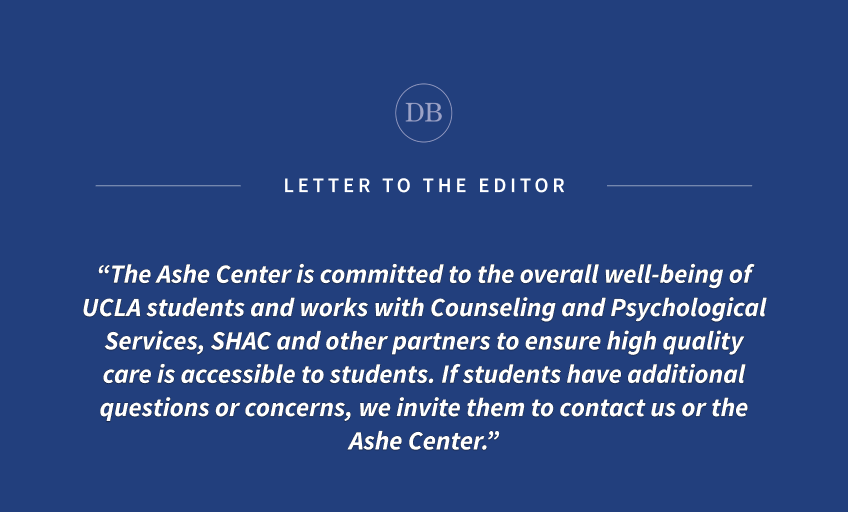Rosenfeld Hall explores VR simulation, new technology to educate medical students
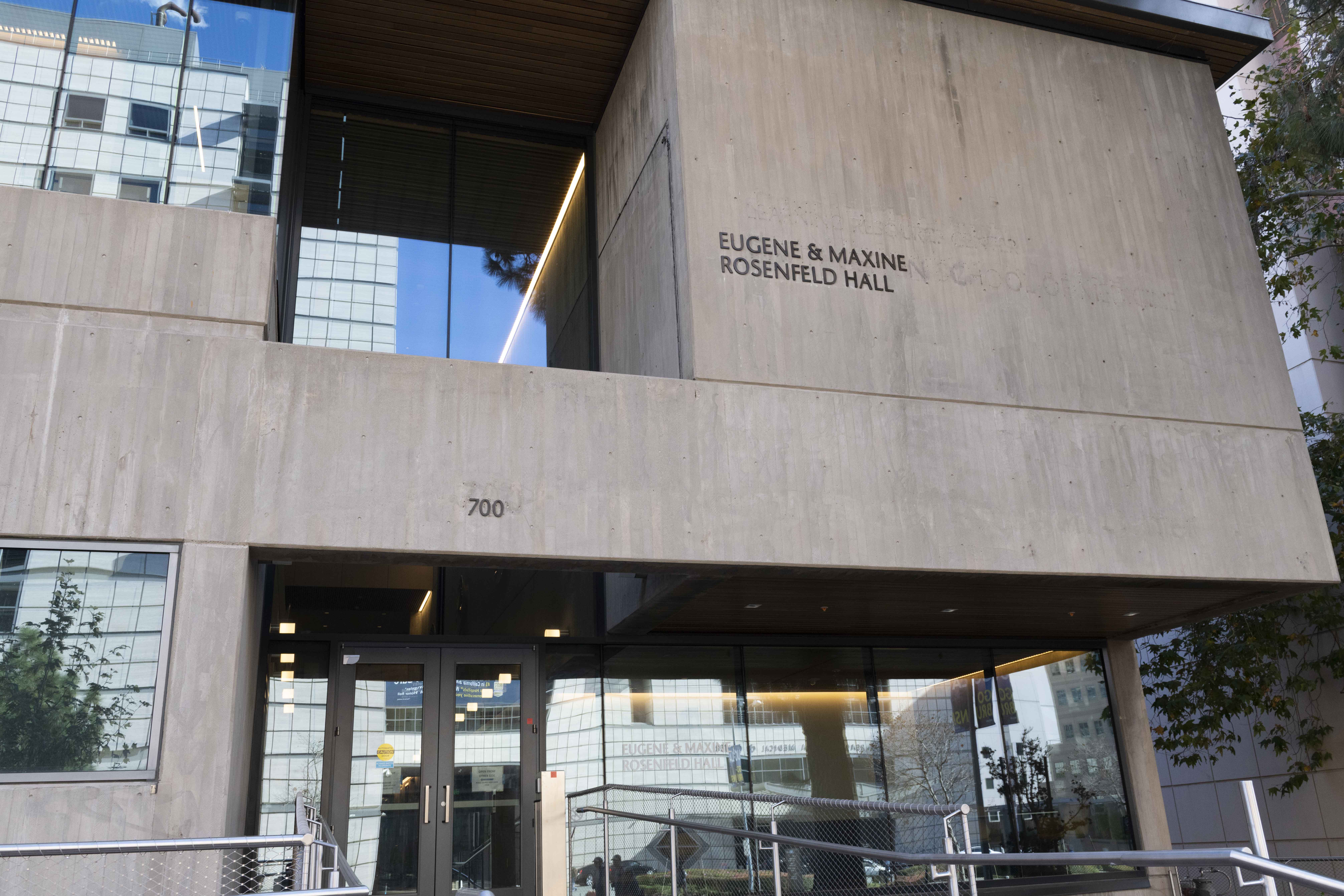
Rosenfeld Hall is pictured. The building, which opened in October, is home to the the UCLA Simulation Center and the UCLA Health Center for Advanced Surgical and Interventional Technology. (Anna Dai-Liu/Daily Bruin senior staff)
By Jonah Danesh
Jan. 15, 2024 6:59 p.m.
This post was updated Jan. 16 at 1:25 a.m.
UCLA Health’s Rosenfeld Hall is using novel technology – from virtual reality devices to human-like animatronics – to improve teaching for medical students.
The newly remodeled building, which officially opened in October, houses the UCLA Simulation Center and the UCLA Health Center for Advanced Surgical and Interventional Technology. According to a November press release from UCLA, the center was renovated after a $20 million gift from Eugene and Maxine Rosenfeld. The UCLA Simulation Center’s capacity has been increased by one-third, while the UCLA Health Center for Advanced Surgical and Interventional Technology – which was previously split over multiple locations – now has three times its original space, according to the press release.
Yue-Ming Huang, the executive director of the UCLA Simulation Center, said the center allows medical students to immerse themselves in real-world situations through the simulations and apply skills learned in the classroom without having to operate on a living person.
Huang said she believes the new center goes beyond traditional methods of education such as lectures.
“It’s a whole-body experience where you apply both your cognitive knowledge as well as psychomotor skills,” Huang said.
She added that the new simulation lab is a learning tool and caters to a variety of medical professionals. This includes physicians who want to practice surgeries in virtual reality or anesthesiologists obtaining Continuing Medical Education credit, which is required to maintain licensing and stay updated with medical advancements, she said.
To make these experiences happen, lab members have worked to improve the simulation technology. Ryan Gouras, a medical simulation operations specialist at the simulation lab, said the lab’s advancements include animatronic robots that authentically replicate human bodily functions such as blinking, vomiting and sneezing.
These advancements allow the lab to model a wide variety of situations that medical professionals – from nursing students to board-certified physicians – might face, Gouras said.
“Heart attacks, strokes, as well as more mundane things like heartburn, or more complex things like aortic dissection – we do the whole spectrum of care through all the different specialties,” he said.
Lab members are also working on new technologies such as 3D modeling and the printing of patients’ bodies, Huang added.
“You could scan a real patient, get their actual anatomy, … and then have the surgeon practice on that anatomy before they do it on the real patient,” she said. “That will give them a better sense of how to go about and be safer.”
The new simulation experience has been well-received, particularly by students, said Dan Weisman, a learning experience designer at the UCLA Simulation Center. Weisman said physicians at the Ronald Reagan UCLA Medical Center have also been impressed by the authenticity and accuracy of the simulated rooms.
He said he feels the building expansion has been met with excitement from those in the UCLA Health community, adding that these advancements are introducing a novel approach to replicating the medical environment.
Huang added that students like the experiential and immersive nature of the simulations, something Weisman said he has enjoyed seeing students experience.
“One of the things that I’ve really enjoyed is just watching physicians in training, medical students, go into the VR headset and suddenly be thrown into this world of cognitive overload,” he said. “It’s also quite overwhelming. There’s quite a lot of equipment in a real hospital room, and there’s a lot of equipment in our virtual reality hospital.”
Through these simulations, students can become accustomed to the sights and sounds of a hospital setting, Weisman said.
“We see it manifest a little more as fun because of the game part of it. Afterwards, … their heart rate is high. They’re sweating,” Weisman said. “I think that’s a really huge advantage of VR, and what we’ve been exploring with VR is that you have such a level of immersion there that people are actually exhilarated.”
Huang said in the future, the center will continue to keep up with the newest technology that is available and ensure that the lab is taking advantage of developments in medical education.
For now, Weisman said he is excited to prepare current students to enter the medical field.
“They’ll be ready the second they get into a hospital room,” he said. “We can take virtual simulation or screen-based simulations that teach proficiencies that then carry over right to patient care and create a safer environment for patients.”



